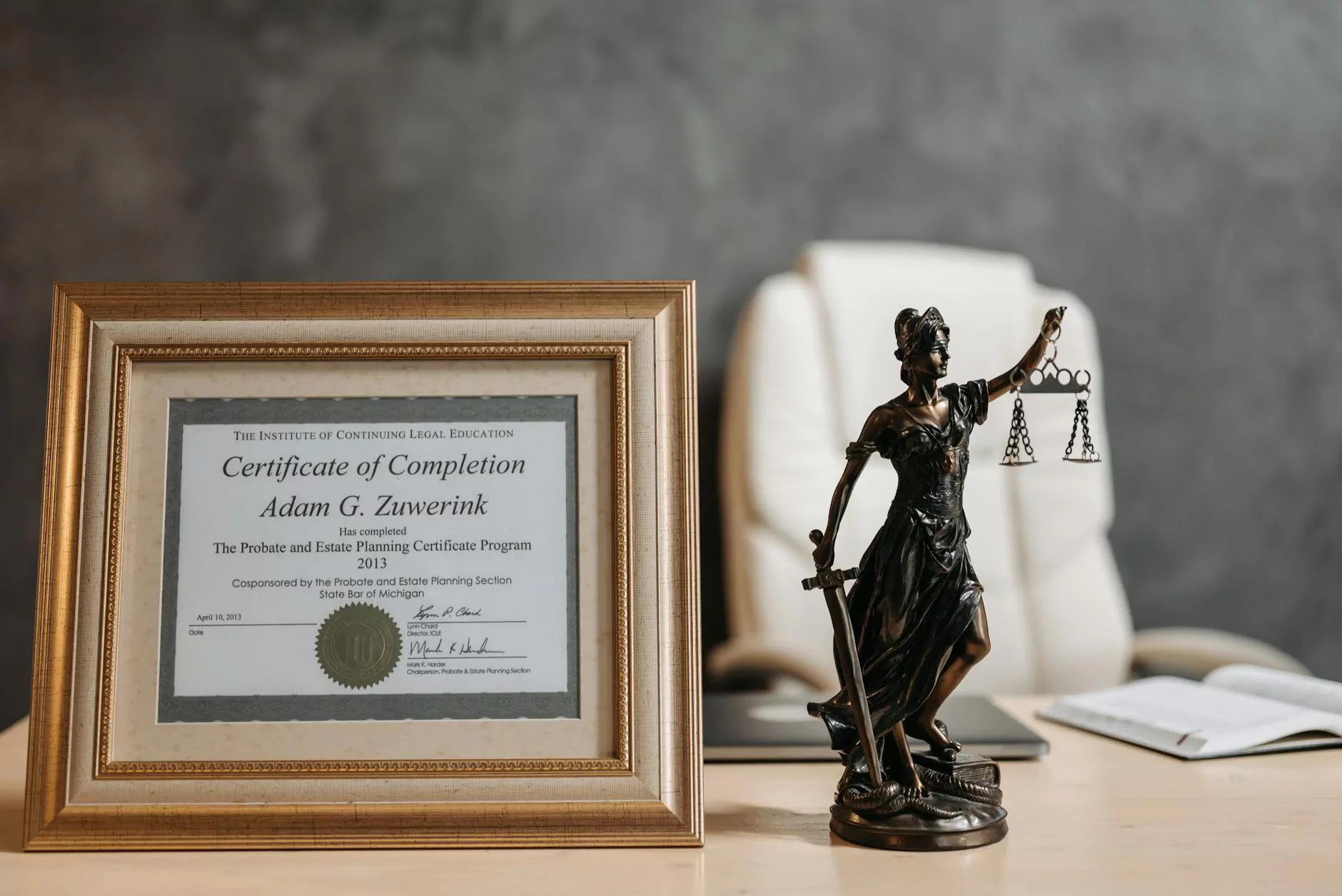Effective Costovertebral Joint Pain Exercises for Relief and Recovery

Costovertebral joint pain can be a discomforting condition that affects various aspects of your daily life. These joints, which are located between the ribs and the spine, can become irritated due to injury, poor posture, or other underlying health issues. Engaging in the right exercises is essential for easing pain and promoting recovery. In this article, we will explore various costovertebral joint pain exercises that can help you manage your symptoms effectively. We aim to provide a comprehensive understanding of the exercises, ensuring you have the tools needed to reclaim your comfort and mobility.
Understanding Costovertebral Joint Pain
Costovertebral joints play a crucial role in the body's thoracic structure. They facilitate the movement of the rib cage during respiration and other upper body movements. Pain in these joints can stem from various causes:
- Injury or trauma: A fall or direct blow can cause joint pain.
- Poor posture: Slouching or sitting incorrectly can strain these joints.
- Degenerative conditions: Arthritis can affect the joints, leading to pain and stiffness.
- Muscle imbalances: Weak or tight muscles can create undue stress on these joints.
Recognizing the underlying cause of the pain is vital for choosing the appropriate exercises and treatments. A healthcare professional can provide a proper diagnosis.
Benefits of Exercise for Costovertebral Joint Pain
Incorporating targeted exercises into your routine can lead to numerous benefits, including:
- Pain relief: Regular movement helps decrease stiffness and discomfort.
- Improved mobility: Strengthening surrounding muscles enhances range of motion.
- Better posture: Exercises can correct postural issues that contribute to pain.
- Increased strength: Strengthening the core and back promotes overall support for the spine and rib cage.
Essential Costovertebral Joint Pain Exercises
Below are some of the most effective exercises for addressing costovertebral joint pain. Always consult with a healthcare provider before starting any new exercise program, especially if you’re experiencing severe pain.
1. Seated Torso Rotations
This exercise helps improve mobility and flexibility in the thoracic spine:
- Sit comfortably in a chair with your feet flat on the floor.
- Place your hands behind your head, keeping your elbows wide.
- Slowly rotate your torso to the right, then to the left, while breathing deeply.
- Repeat this motion for 10 repetitions on each side.
2. Cat-Cow Stretch
The Cat-Cow stretch can relieve tension in the spine and promote flexibility:
- Start on your hands and knees in a tabletop position.
- Inhale, arching your back and looking upward (Cow position).
- Exhale, rounding your spine and tucking your chin (Cat position).
- Alternate between the two positions for 10 breaths.
3. Chest Opener Stretch
This stretch helps release tension in the chest and shoulders:
- Stand tall with your feet hip-width apart.
- Clasp your hands behind your back and straighten your arms.
- Gently lift your arms upwards and open your chest toward the ceiling.
- Hold for 20-30 seconds, breathing deeply.
4. Thoracic Extension
This exercise focuses on extending the thoracic spine to alleviate stiffness:
- Sit on a chair with your back straight and feet flat on the ground.
- Place your hands at the base of your skull.
- Gently lean back, extending your upper back while keeping your lower back neutral.
- Hold for a few seconds, then return to the starting position. Repeat 10 times.
5. Strengthening Exercises for the Back
Strengthening the back muscles can provide better support for the costovertebral joints:
- Superman Exercise: Lie face down, lift your arms and legs simultaneously, and hold for 3-5 seconds.
- Rowing with Resistance Bands: Anchor a band in front of you, pull the handles towards you while keeping your back straight.
Creating an Effective Exercise Routine
When incorporating costovertebral joint pain exercises into your life, keep these tips in mind:
- Consistency is key: Aim for at least 3-4 days a week.
- Listen to your body: If an exercise increases your pain, stop and consult a professional.
- Combine stretching and strengthening: A balanced routine enhances overall benefits.
- Warm-up and cool down: Always start with a warm-up and finish with a stretch to prevent injury.
When to Seek Professional Help
While exercises can significantly improve costovertebral joint pain, it's crucial to recognize when you may need professional assistance. You should seek help if:
- You experience persistent pain that does not improve with home treatment.
- You have difficulty performing daily activities due to joint pain.
- Your pain is accompanied by other symptoms, such as fever or unexplained weight loss.
A chiropractor or physical therapist specializing in spinal health can develop a tailored treatment plan for you.
Conclusion
Costovertebral joint pain can disrupt your daily life, but with the right knowledge and commitment to regular exercise, relief is possible. The exercises outlined in this article—such as seated torso rotations, the Cat-Cow stretch, and others—can significantly contribute to improving flexibility, strength, and mobility in the thoracic region. Prioritize listening to your body, and don't hesitate to consult with healthcare professionals if needed. Remember, consistency, proper form, and a holistic approach are essential for long-term success in managing joint pain.
Start your journey towards pain relief and enhanced well-being today by incorporating these effective exercises into your routine. Your body will thank you!
For more information on health and medical practices, visit IAOM US.









